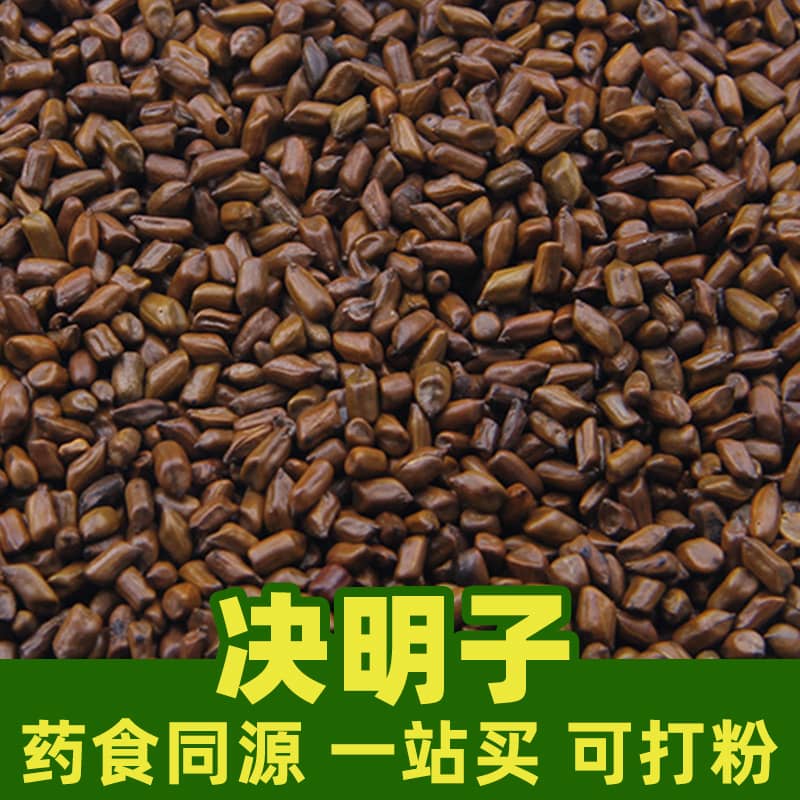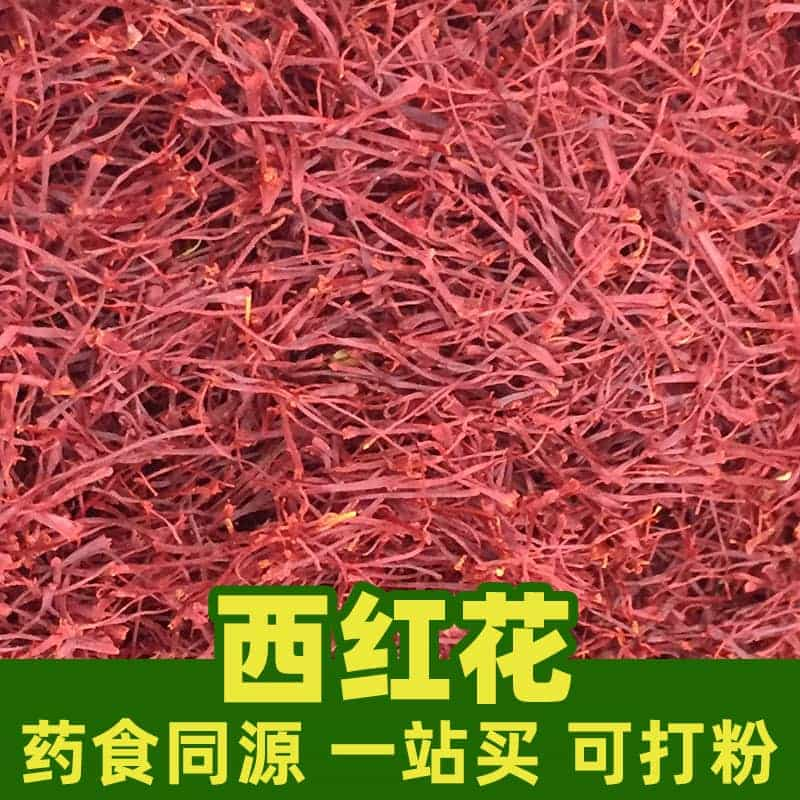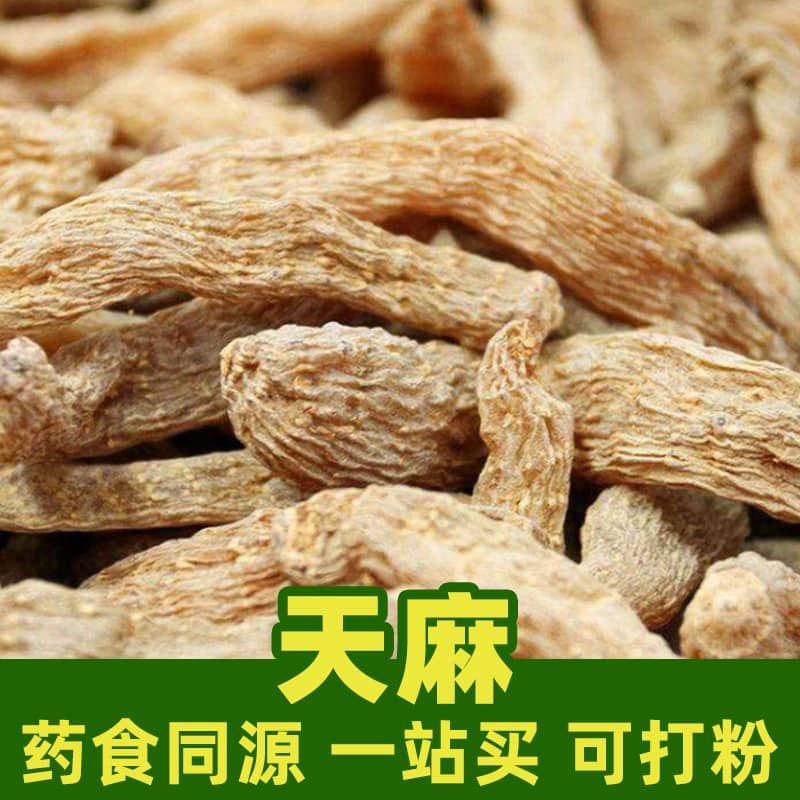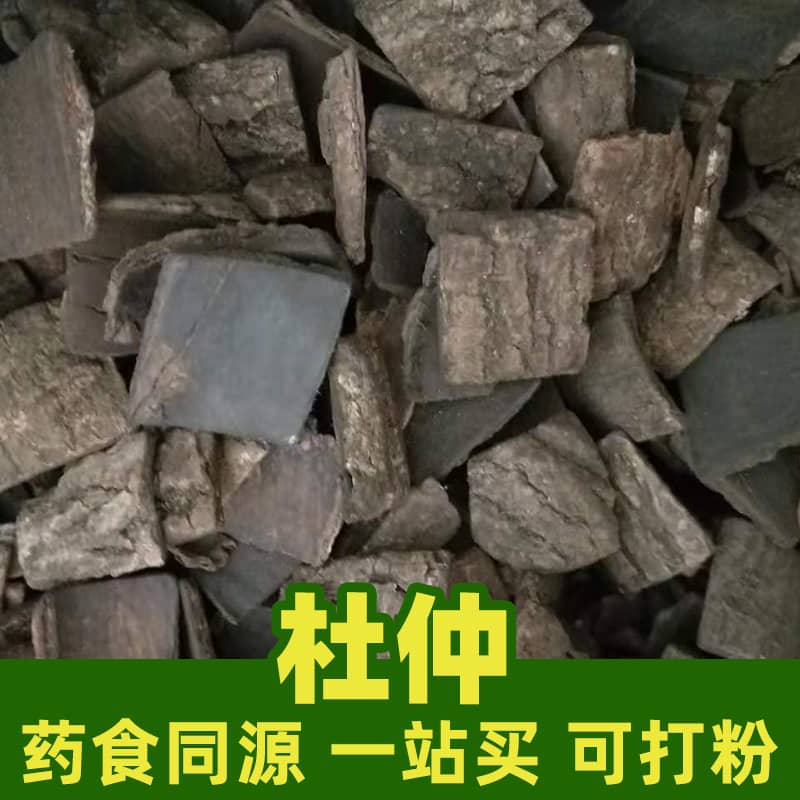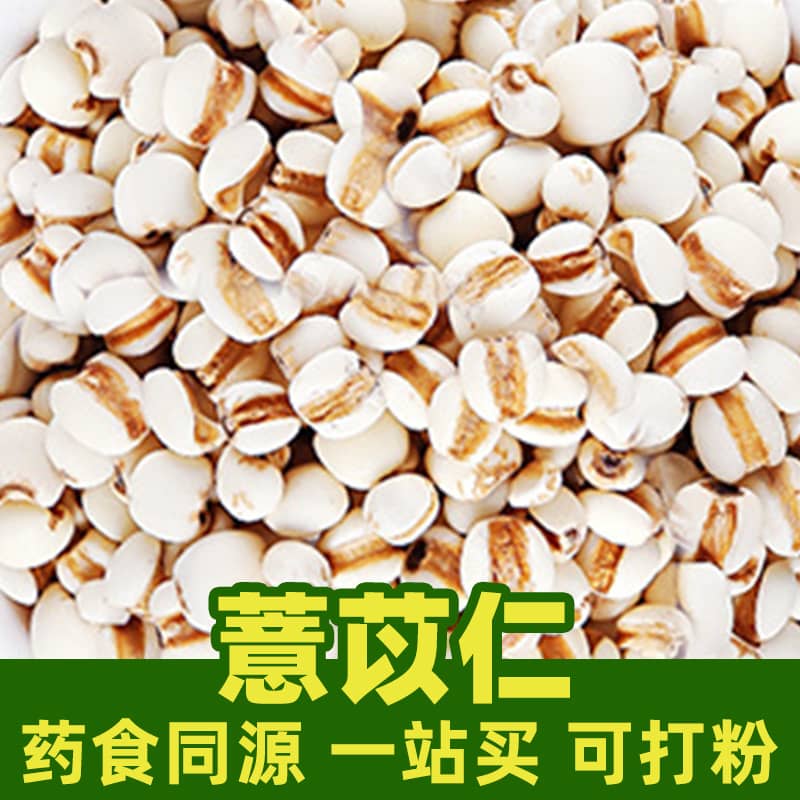Product Introduction
Purslane is a perennial herb with slender stems and fleshy, bright green leaves, with red or pink petioles. Its small flowers are yellow, and its fruit is a capsule. Purslane, originally native to Africa, is now widely grown in warm, hot climates around the world.
Purslane is packed with nutrients, including protein, fat, carbohydrates, fiber, and essential vitamins and minerals. Protein is necessary for tissue building and metabolism, while fat provides energy and supports skin health. Carbohydrates serve as a primary energy source, and fiber is essential for digestive health.
Purslane is also rich in vitamins like vitamin C, vitamin A, and vitamin E. Vitamin C is an antioxidant that boosts immune function, while vitamin A supports vision, skin, and mucosal health. Vitamin E has antioxidant properties that protect cells from oxidative stress. Purslane also contains minerals such as potassium, magnesium, iron, and calcium, which are vital for normal physiological functions, like supporting heart and nervous system health, blood circulation, and bone health.
In traditional Chinese medicine, purslane is considered a cooling and detoxifying herb that reduces dampness and swelling, commonly used for symptoms like mouth ulcers and swelling. In addition to medicinal uses, purslane is a popular culinary ingredient. Its tender leaves can be added to various dishes, offering a unique taste and nutritional benefits. It can also be used in soups, herbal teas, and other culinary applications.
To keep purslane fresh and of high quality, it should be consumed quickly or refrigerated for a few days. It is best washed before consumption.
Primary Active Components
Purslane contains numerous active ingredients, including proteins, fats, carbohydrates, fiber, vitamins, and minerals. Specifically, it is rich in antioxidants (such as polyphenols) and linoleic acid.
Antioxidants are crucial in protecting cells from free radical damage, potentially slowing aging and helping to prevent chronic diseases. Linoleic acid, an omega-6 fatty acid, has anti-inflammatory and cardiovascular protective effects.
In addition, purslane is abundant in vitamin C, vitamin A, and vitamin E. Vitamin C boosts immunity and prevents oxidative damage. Vitamin A is vital for vision and skin health, while vitamin E acts as an antioxidant to counteract free radical damage.
Purslane also contains high levels of minerals like potassium, magnesium, iron, and calcium, which are essential for normal bodily functions, such as maintaining heart and nervous system function, promoting blood circulation, and supporting bone health.
Overall, purslane's rich active components contribute to its antioxidant, anti-inflammatory, and cardiovascular protective properties.
Product Applications and Usage
Purslane is widely used in the food industry. It can be added as a vegetable to various dishes, as well as prepared in soups, herbal teas, and more.
Here are some common culinary uses of purslane:
- Purslane Salad: Clean the purslane, chop or tear into small pieces, and mix with seasonings and oil for a refreshing taste and unique flavor.
- Stir-fried Purslane with Meat: Stir-fry purslane with meat slices for a nutritious and flavorful dish.
- Purslane Soup: Combine purslane with other vegetables or meat to make a light, nutritious soup.
The amount of purslane used should be adjusted based on the specific dish and personal taste preferences. Adding a moderate amount is recommended for balanced flavor and nutritional benefits.
Plant Source, Distribution, and Growing Conditions
Purslane, originally native to Africa, is now found in warm and hot regions worldwide. It is a perennial herb with slender stems, fleshy green leaves with red or pink petioles, small yellow flowers, and capsule-shaped fruit.
Purslane adapts well to various soil types, including sandy and fertile soils. It thrives in warm, sunny environments but can also tolerate partial shade.
The growing season for purslane is typically summer. It can propagate through natural seed dispersal or manual seeding. With moderate growth speed and low water requirements, purslane is relatively easy to cultivate and maintain.
Harvesting, Processing, and Storage
Purslane is typically harvested when the plant is lush and full. The tender leaves can be picked, with other parts left intact to encourage regrowth.
After harvesting, purslane should be thoroughly washed to remove impurities. Fresh purslane can be eaten directly or refrigerated for a few days.
To keep purslane fresh and of high quality, it is best consumed soon after harvesting or stored in a cool environment. Fresh purslane can be refrigerated for several days, and it is recommended to wash and prepare it just before use.
Monica Sun is a seasoned expert in the natural raw materials industry, with over a decade of experience specializing in traditional Chinese medicinal herbs, spices, and fungi. She is skilled in the sourcing, processing, and application of these materials, emphasizing sustainability and innovation. Monica Sun has contributed to the development of high-quality natural raw materials that serve as essential components in functional foods, pharmaceuticals, and cosmetics, delivering tailored solutions to meet diverse market needs.









